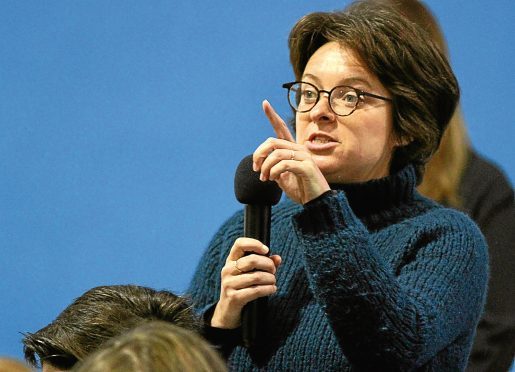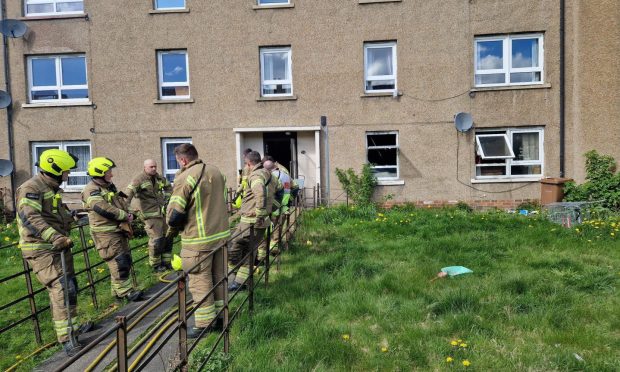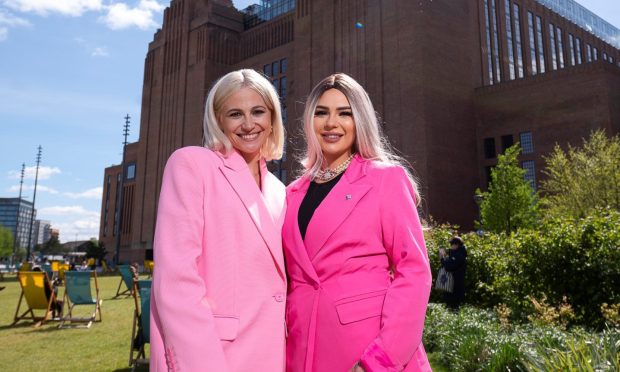NHS Tayside is paying private doctors to see patients on weekends in a bid to reduce a 30-week wait for neurology appointments.
Dundee-based MSP Jenny Marra has accused the health board, which needs to find £45 million worth of savings this year, of wasting much-needed cash because of “poor planning”.
Currently referrals classed as “clinically urgent” by NHS Tayide are seen in around four weeks, but patients who have been referred for non-emergency reasons by their GP or a consultant in another department are having to wait more than six months.
The Scottish Government says outpatient appointments should take place within 12 weeks of referral.
To ease the delays, NHS Tayside is paying Dunfermline-based company Synaptik to provide additional support.
Labour MSP Jenny Marra said said: “It is concerning enough to hear reports that people are waiting up to 30 weeks for a neurology appointment at Ninewells Hospital but it is even more alarming that private doctors are being used to fill the gaps.
“NHS Tayside has a massive budget black hole and the last thing it needs is to be paying the profits of private health companies to cover poor planning.
“Serious and urgent questions have to be asked of NHS Tayside and Shona Robison as to why there aren’t enough NHS neurology consultants at Ninewells.
“This is further evidence of mismanagement within NHS Tayside and it needs to be looked at immediately.”
Synaptik’s website includes a case study of a neurology consultant who worked at a hospital over five weekends in order to reduce waiting lists.
The case study says the consultant was “substantively employed” elsewhere in the NHS.
The revelation comes as NHS Tayside grapples with the task of finding £45.8m of savings this financial year, then a further £40m annually for the following four years.
Dr Gavin Main, associate medical director for access at NHS Tayside, defended the spending on neurology care.
“We can reassure patients that referrals to neurology that are classed by a consultant as clinically urgent are currently being seen in approximately four weeks,” he added.
“As part of our action to reduce the current waiting times, NHS Tayside is being supported by an independent provider to supply consultant neurologists to run additional neurology clinics at weekends at Ninewells Hospital.
“A number of these clinics are scheduled for the first few months in 2018 and this will reduce the waiting time for our patients.
“We understand that any extended waiting times can causes anxiety for patients and their families and we apologise for this.”
A Scottish Government spokesperson said: “We are committed to improving services for people living with neurological conditions. That is why we are currently developing Scotland’s first National Action Plan on Neurological Conditions to drive improvements for patients.
“We have made an additional £50 million available this year to reduce waiting times for all stages of a patient’s journey. NHS Tayside has received £3.9 million of this funding to make improvements in outpatients waits by this spring.
“We’ve made clear to boards the use of the independent sector should only be used to deal with short-term capacity issues and latest figures show a decrease in total spend in this area by territorial NHS boards, representing only 0.6% of the total health resource budget.”










